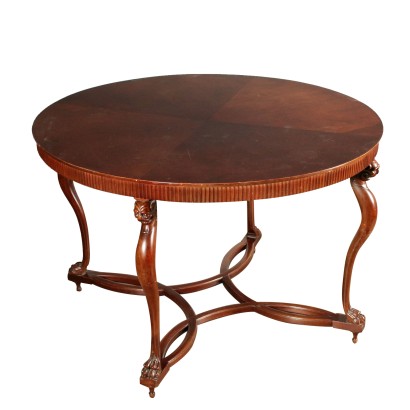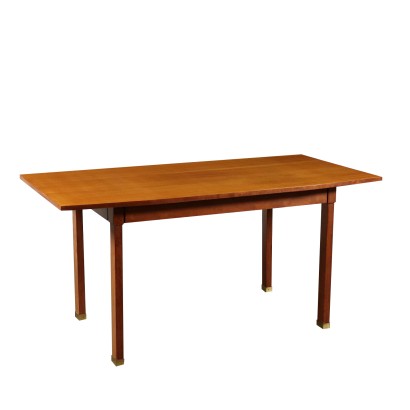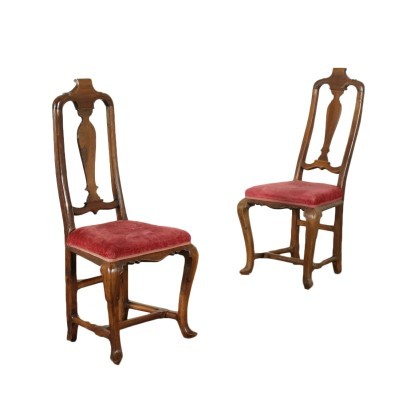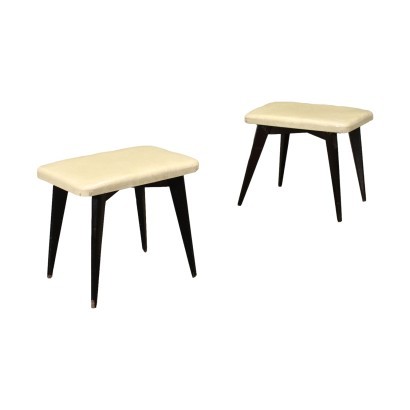Style tables
Features
Age: 20th Century / 1901 - 2000
Origin: Italy
Main essence: Cherry , Mahogany
Description
Style table supported by legs moves with heads and feet leonini, joined together by cruise. The band grooved. Round top veneered mahogany.
Product Condition:
Product that due to age and wear and tear requires restoration and resumption of polishing.
Dimensions (cm):
Height: 80
Diameter: 120
Additional Information
Age: 20th Century / 1901 - 2000
20th Century / 1901 - 2000Main essence:
Cherry
Obtained from prunus cerasus , a plant of oriental origin, it is a hard wood with a light and delicate color, with a reddish vein. Due to its diffusion and availability it was used in Europe in popular furniture. In cabinet making, in the seventeenth century, it was widely used in France and England for inlay work. In Italy it was very successful in Lucca. It was also very popular in the United States for the manufacture, from the late 1600s, of commonly used furniture.The dictionary of antiques: Eclecticism
Classic Monday: a sofa from the 1800s example of eclecticism
Mahogany
It is one of the most precious and sought-after woods in cabinet making. It was discovered in Central America around 1600 and began to be imported to England in the 1700s. Much appreciated for its hardness and indestructibility, it became widespread following the blocking of walnut exports from France in 1720 and the consequent elimination of English import duties on mahogany from the colonies in America and India. The most valuable version comes from Cuba, but it became very expensive. At the end of the 18th century it began to be used also in France in Louis XVI, Directory and Empire furniture, its diffusion declined starting from when Napoleon, in 1810, forbade its import. It was generally used in the manufacture of elegant furniture, due to its characteristics and beautiful grain. Alternative proposals
It could also interest you

























